China Targets 5% Growth: Policy Tools, Consumption Trends, and Structural Signals
China has set a GDP growth target of around 5% for 2025. According to Liu Qiao, dean of Peking University’s Guanghua School of Management, the economy began stabilizing in the fourth quarter of 2024, with upward momentum gaining strength in the first half of 2025.
Liu attributes the recovery to a combination of proactive fiscal policy, moderately accommodative monetary policy, and policy instruments designed to stimulate domestic demand and consumption.

Fiscal Levers to Strengthen Domestic Demand
Liu noted the importance of expanding fiscal support to address weak consumer confidence. Measures under discussion include:
Cash subsidies or transfers to low-income groups
Incentives targeting everyday consumption and services, rather than just big-ticket items
Greater central government support for fertility and childcare
He added that these tools are intended to activate demand more effectively than traditional infrastructure-led stimulus.
Liu also pointed to the issuance of special central government bonds and a modest increase in the fiscal deficit, with the spending focus on boosting consumption rather than capacity expansion.
Investment Constraints and Corporate Liquidity
On the investment front, Liu emphasized the importance of fiscal measures to improve cash flow for enterprises, particularly listed companies.
He highlighted rising receivables pressure and the reemergence of “triangular debt”, a situation where companies are entangled in chains of unpaid obligations. Liu suggested that targeted fiscal intervention could help break these cycles and restore liquidity in the corporate sector.
Recovery in Consumption Indicators
According to the National Bureau of Statistics, retail sales rose 6.4% year-on-year in May 2025, compared to 5.1% in April, making it the fastest pace since late 2023.
Roy Jakobs, CEO of Dutch health tech firm Royal Philips, noted a positive shift:
“We see consumer confidence and consumer spending rising, which is really encouraging.”
This trend is seen as one of the primary drivers supporting the 5% growth target, particularly as external trade remains subject to global uncertainties.
Sectoral Forces: Services and Innovation
Liu Qiao stated that the services sector is showing signs of dynamism and plays an increasingly important role in the current recovery cycle. In parallel, technological innovation and industrial upgrading are beginning to release their accumulated potential after years of strategic buildup.
These structural forces, according to Liu, are gradually reshaping the growth composition and contributing to mid- and long-term economic stability.
Outlook on Policy Direction
Liu reaffirmed that the macro policy stance set earlier this year—more proactive fiscal policy and moderately accommodative monetary policy—is expected to continue into the second half of 2025.
The key, he said, lies in execution: how these policies are implemented and whether additional, innovative policy tools can be rolled out to match the evolving needs of the real economy.








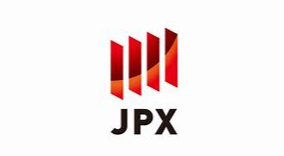
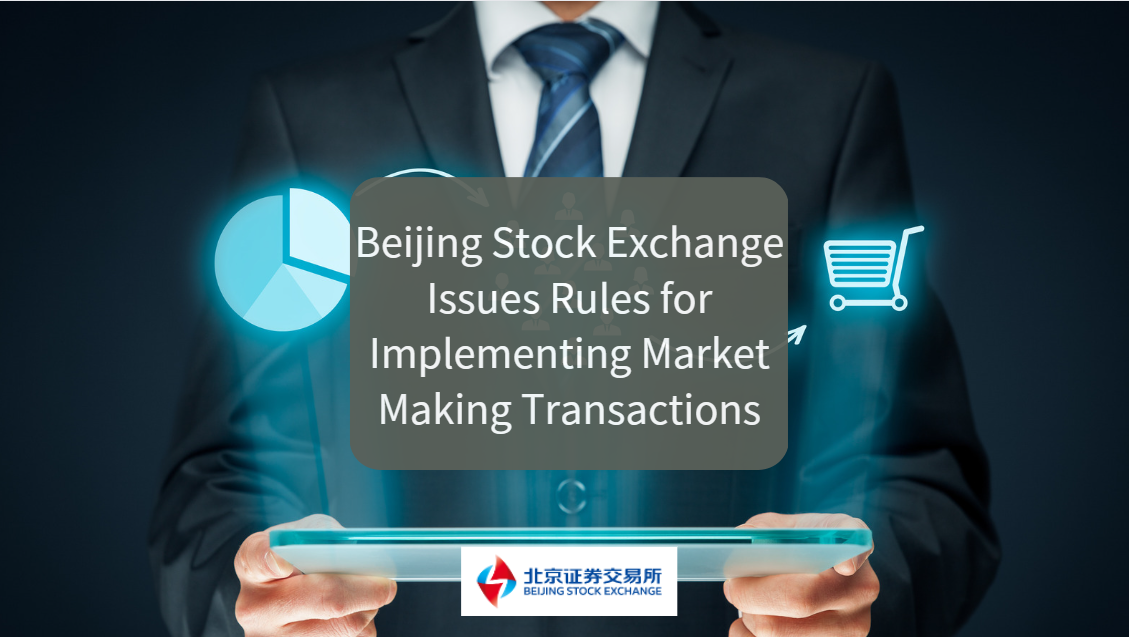
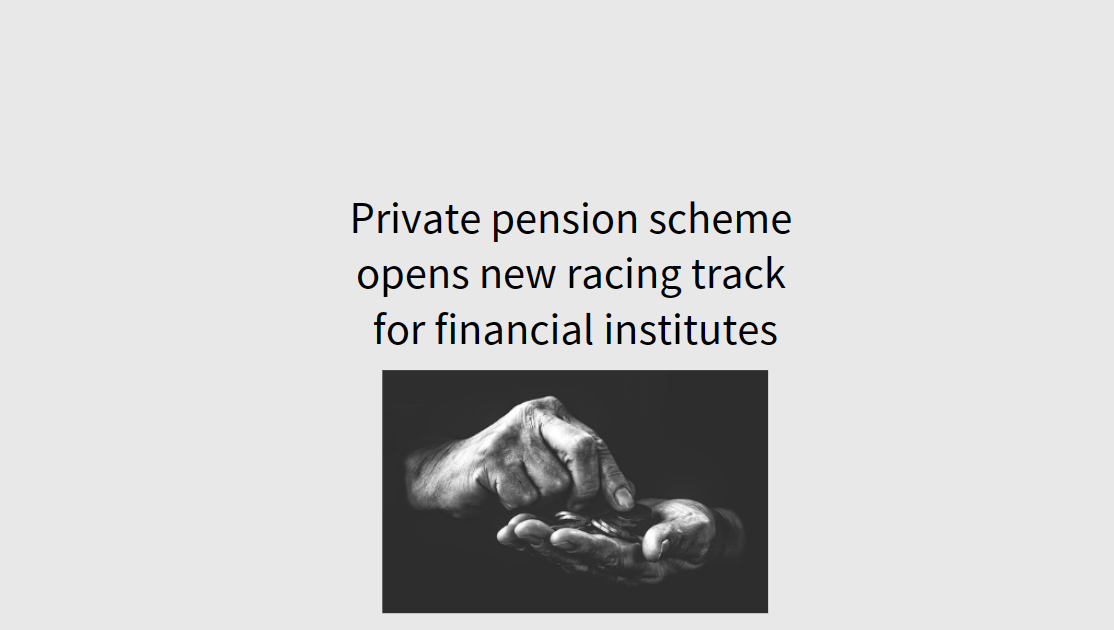
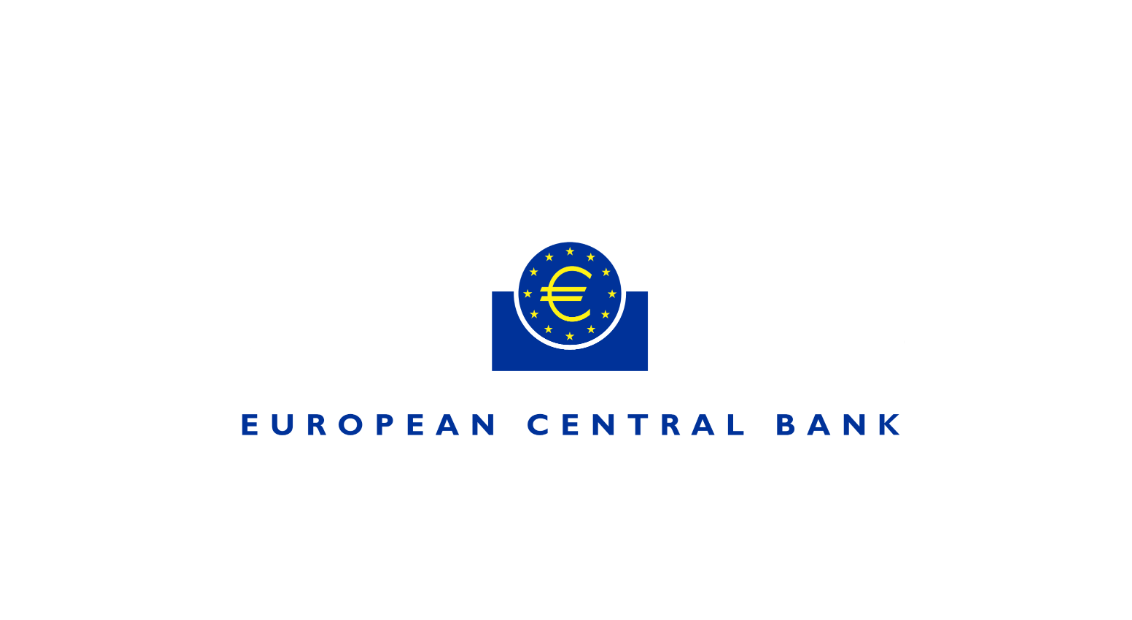
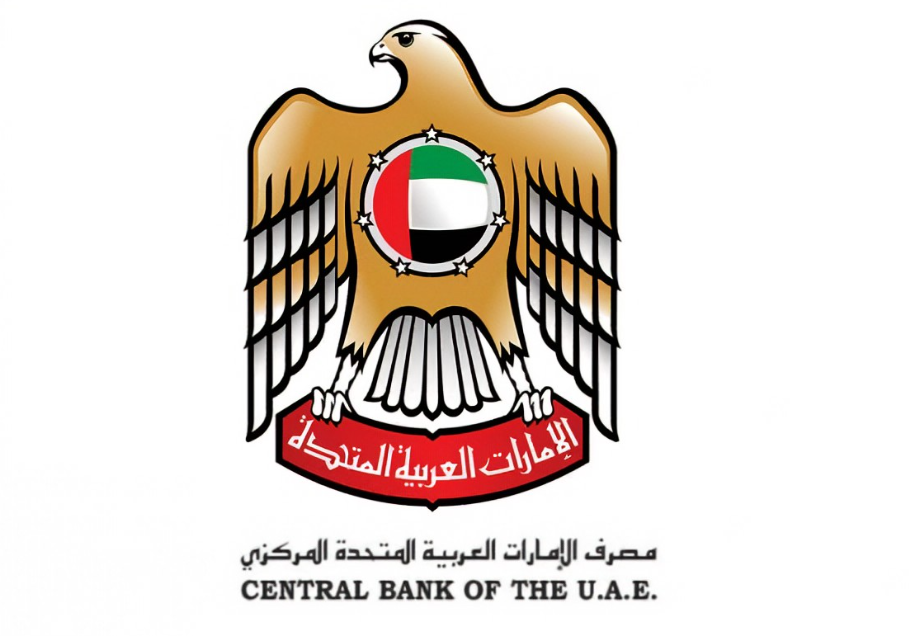
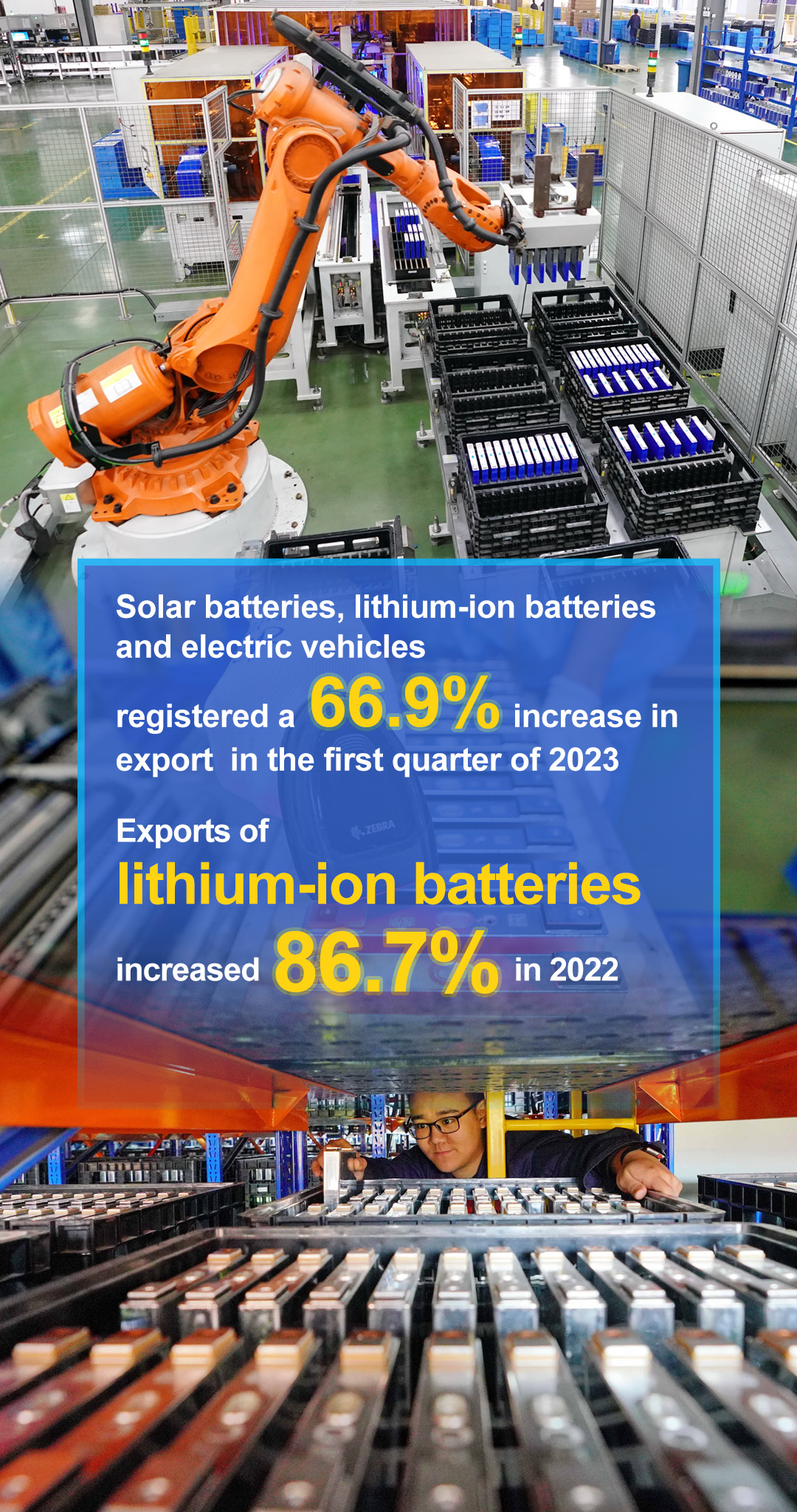



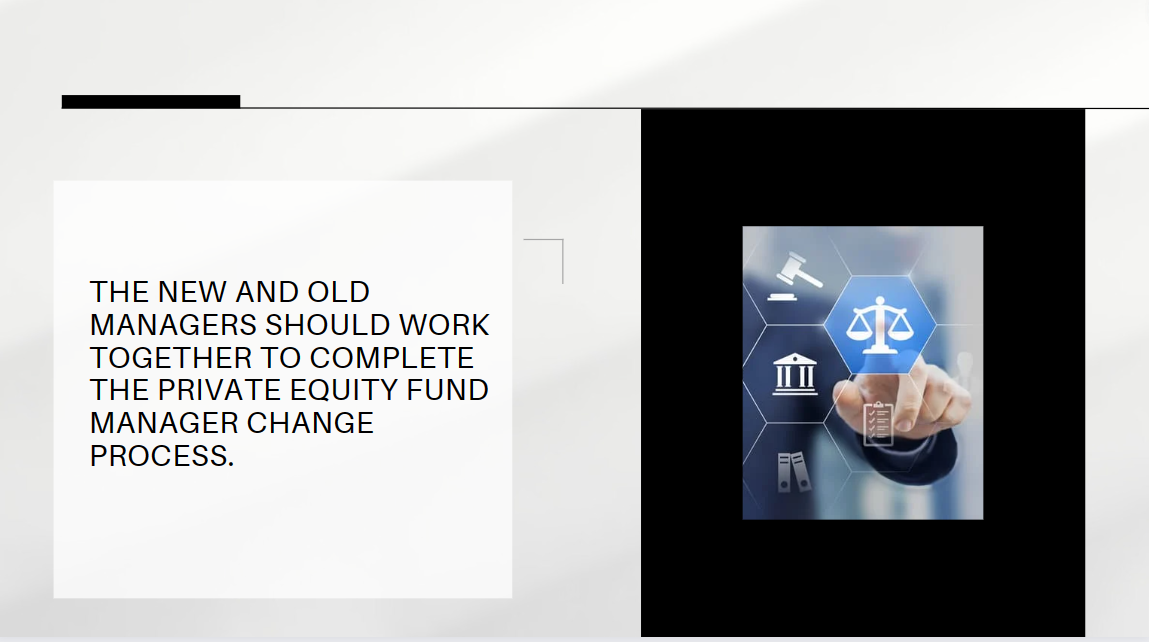
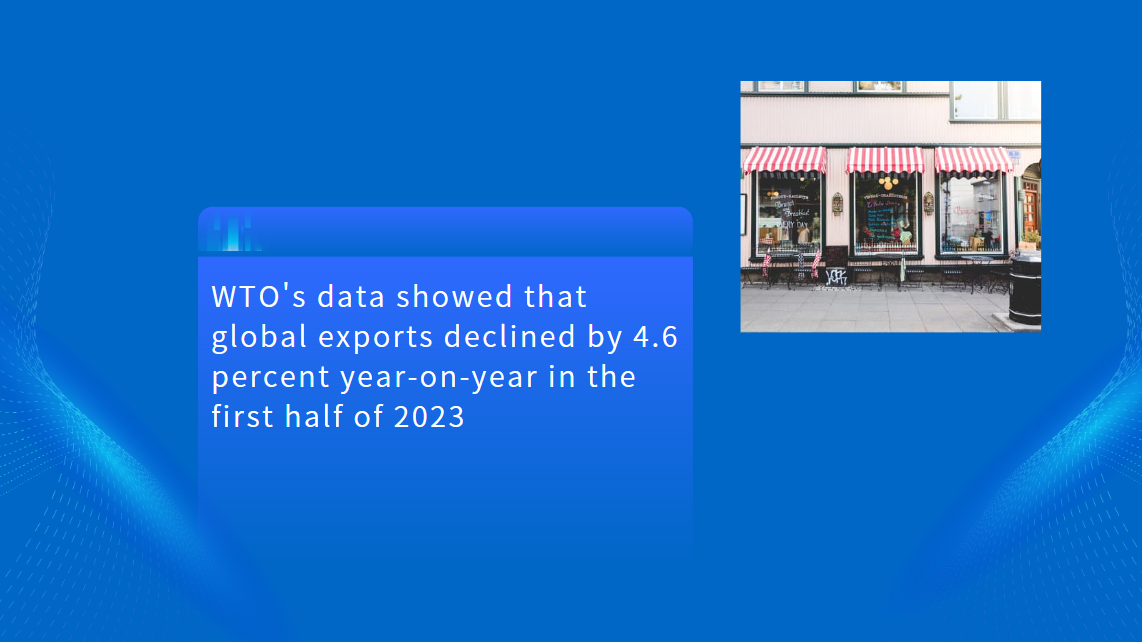
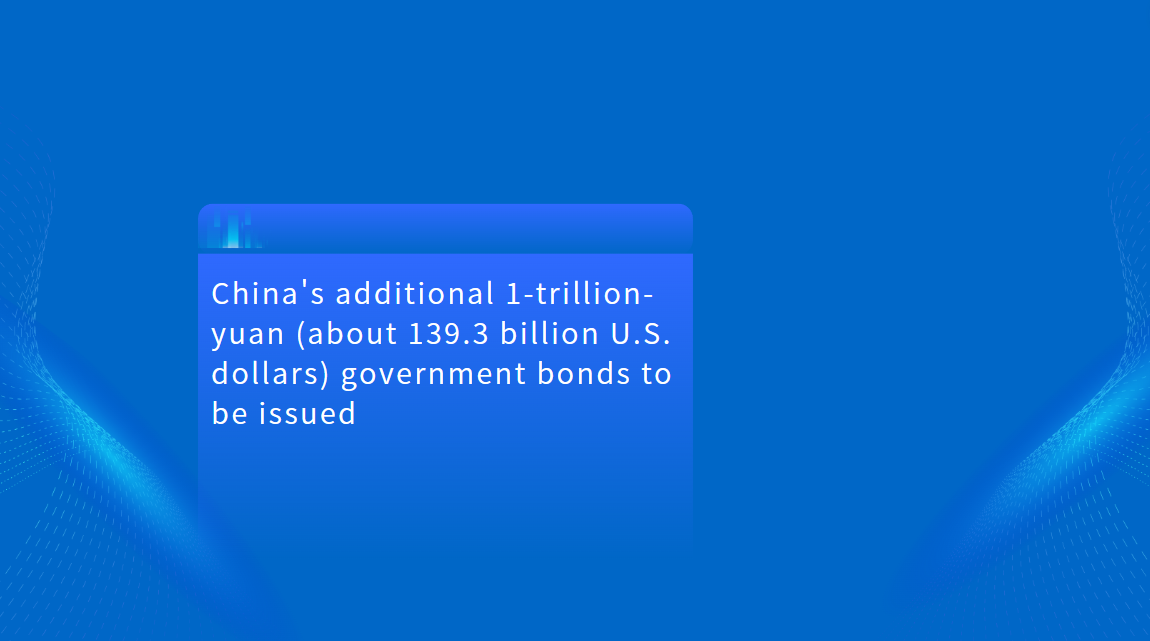

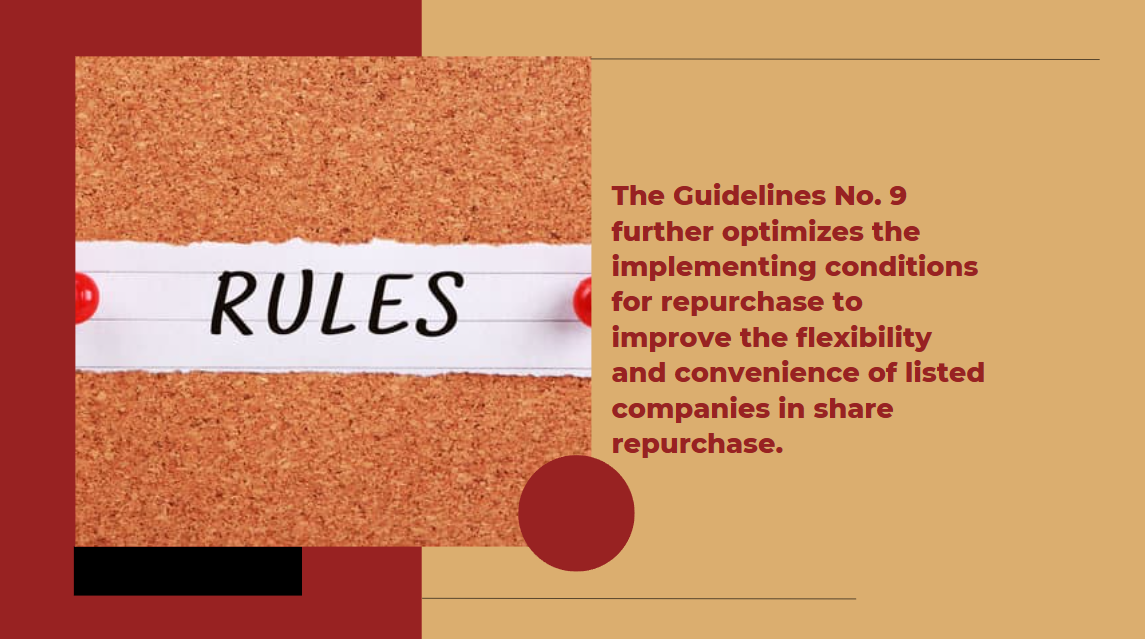
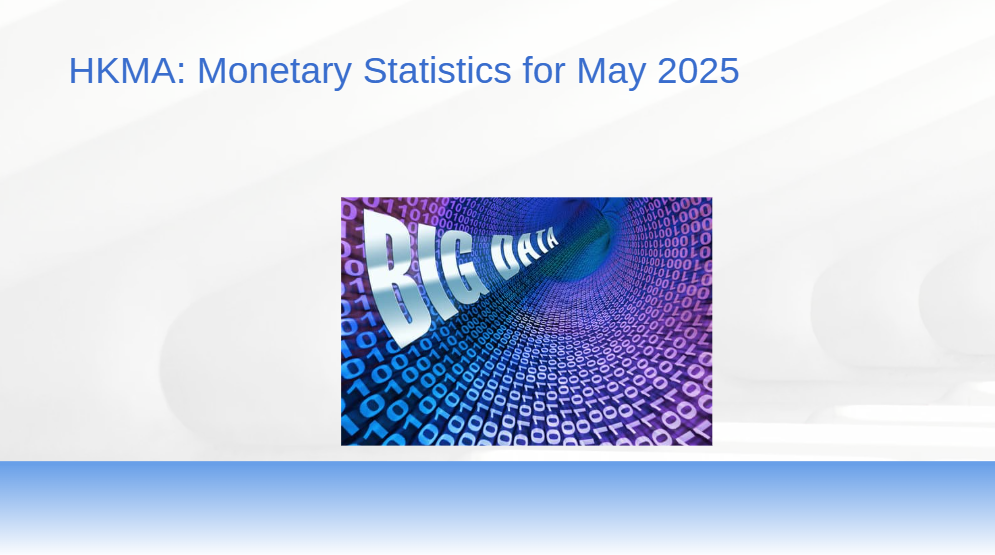















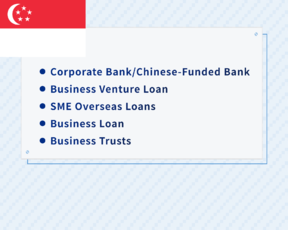

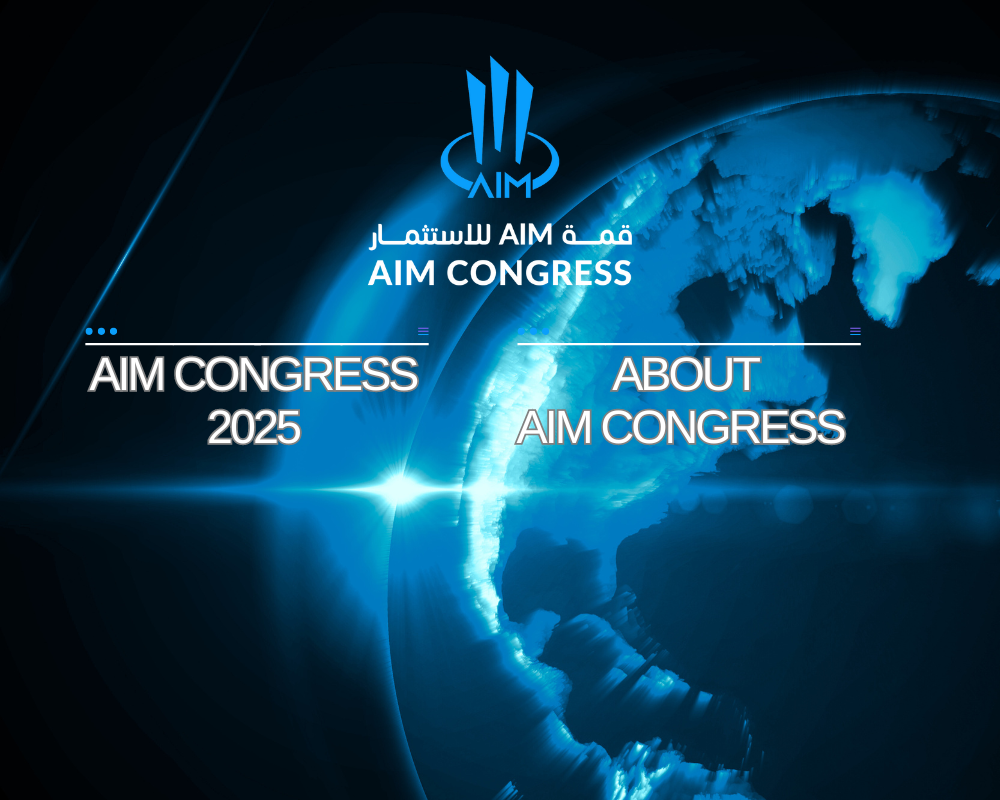












First, please LoginComment After ~